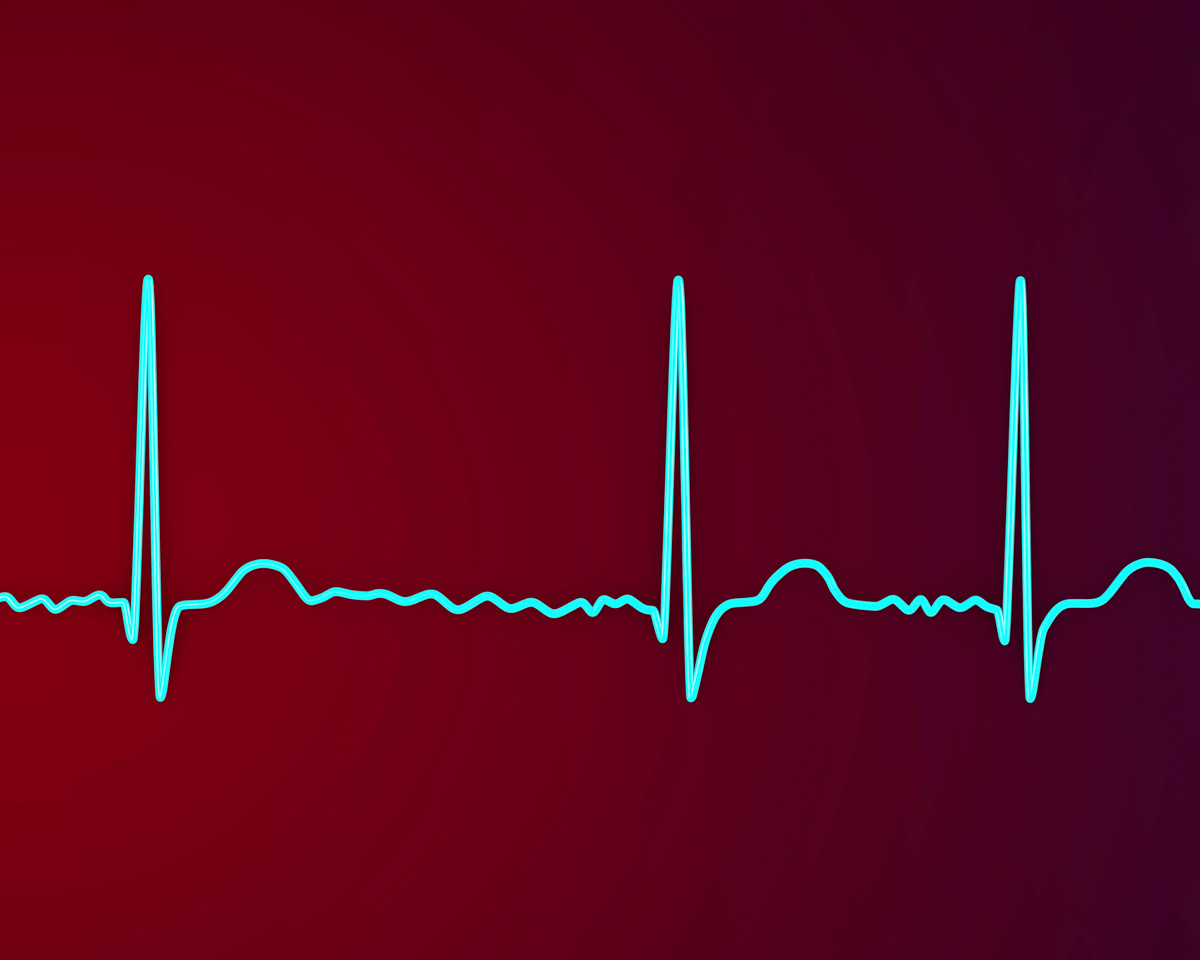Could That Flutter in Your Chest Be Atrial Fibrillation?

At least 2.7 million Americans have atrial fibrillation, or a-fib, the most common kind of irregular heartbeat, also known as arrhythmia. A-fib is caused when the heart’s upper chambers beat erratically or quiver and don’t sync with the heart’s lower chambers. Learn more about how a-fib occurs.
Some people may only experience a-fib every now and then. For others with persistent a-fib, their heart rhythm won’t return to normal on its own. Undiagnosed or untreated a-fib can be dangerous, causing heart failure or stroke. In fact, a-fib is thought to contribute to up to a third of all strokes.
The good news is that once it’s diagnosed, a-fib often can be treated with medication or minimally invasive procedures like cardioversion or ablation. Read more below about a-fib’s causes, symptoms and treatments.
What causes a-fib?
Electrical impulses in the heart regulate its beating. A-fib occurs when these impulses become erratic. Some of the risk factors for this include:
- high blood pressure (hypertension)
- age
- viral infections
- diabetes
- sleep apnea
- chronic lung diseases
- stress
- coronary artery or heart valve disease
Sometimes, however, a-fib occurs without the patient having any obvious trigger.
Know the symptoms of a-fib
A-fib symptoms can range from mild to severe. However, some patients do not experience any symptoms and are diagnosed only through specialized testing.
Symptoms can include:
- anxiety
- chest pain
- fatigue
- difficulty exercising
- feeling as if your heart is racing, pounding, fluttering or beating irregularly
- lightheadedness or dizziness
- shortness of breath
When you need to see a doctor
Make an appointment with your doctor if you experience a-fib symptoms. If your symptoms are caused by an irregular heartbeat, your doctor may refer you to an electrophysiologist, a cardiologist who specializes in diagnosing and treating heart arrhythmias.
BJC HealthCare and Washington University Physicians have electrophysiologists who are skilled at treating a-fib.
Treatment options for a-fib
Treatment is often successful in controlling a-fib and improving the quality of life for patients. Treatment options include:
- Medication: Your doctor may prescribe medicine to slow and regulate your heartbeat as the first line of treatment.
- Cardioversion: If medications don’t work, you may have a cardioversion, where mild electric impulses shock your heart back into a normal rhythm. This is often an outpatient procedure.
- Ablation: Patients whose a-fib isn’t controlled by medication or cardioversion may need to have an ablation, a minimally invasive procedure where doctors first map your heart to pinpoint the exact area causing the arrhythmia, then create tiny scars that block the abnormal electrical signals.
Taking even a small step can start you on the journey to a healthier heart. Learn more about managing your heart health by visiting bjc.org/heart. Call 314-273-2315 to schedule an appointment with a cardiologist.
Recent News
Patient Story
Beating the Odds: A Pastor’s Journey Through Advanced, Lifesaving Heart Care
Article
Breathe Easier: Tips for Improving Your Lung Health
Patient Story
Christian Hospital Hybrid Room Procedures Save Lives
Article
Chenitra Emergency Care
Article
Leading The Way in Lung Cancer Diagnosis
Article